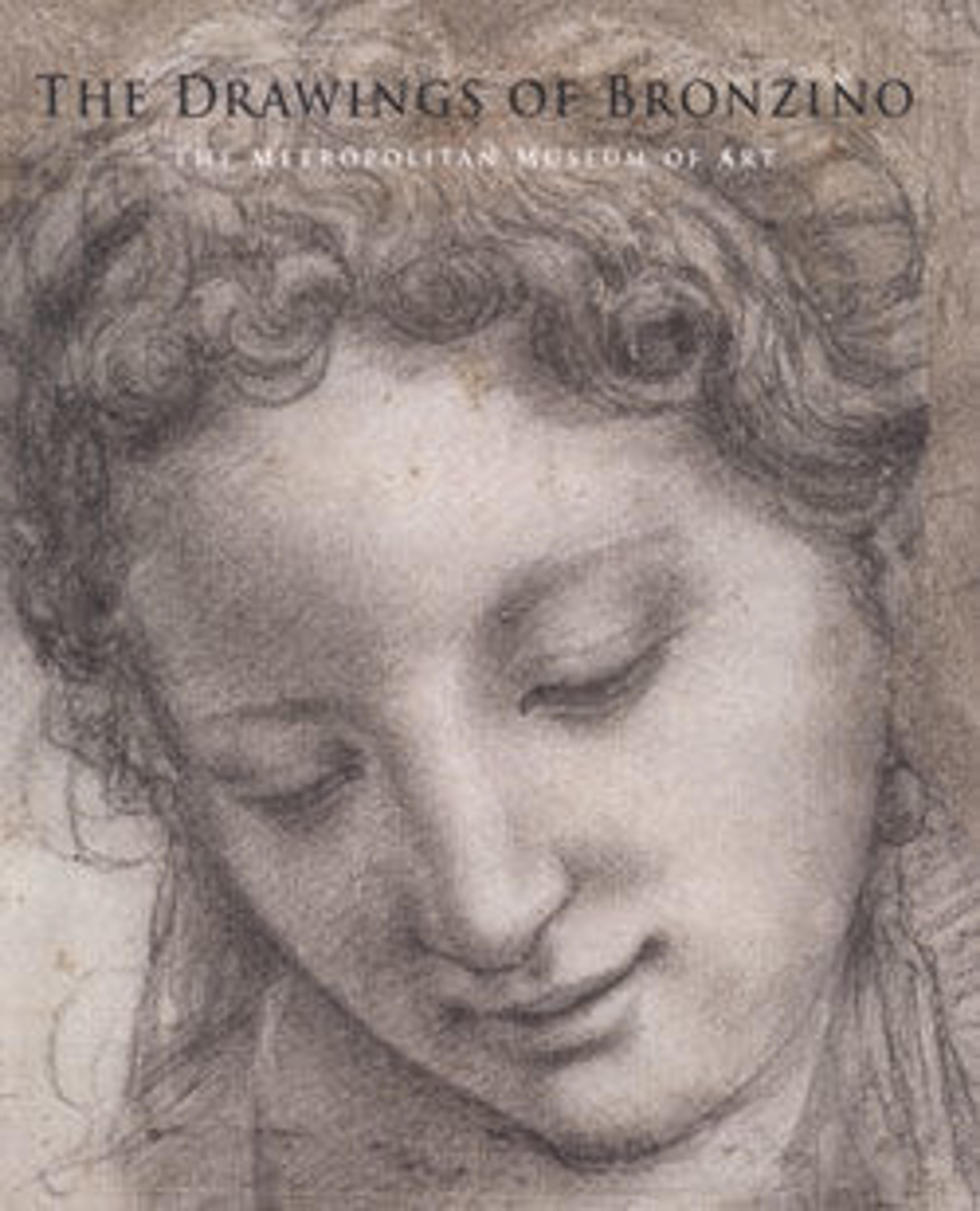Head of a Bearded, Young Man in Profile Facing Right
This delicately drawn study portrays the bearded head of a youthful man of Apollonian beauty that might have been used to represent the figure of Christ. The modeling of the shadows is seamlessly blended, with a masterful use of the technique of stumping, or rubbing in, of the individual strokes of soft black chalk.
Applied to brilliant effect by Michelangelo in the 1530s and 1540s, this drawing technique with black chalk was greatly emulated by Florentine Mannerist artists of the following decade, and foremost by Agnolo Bronzino. The head seen here recalls those in the Medici tapestries on the story of Joseph, which were designed by Bronzino between 1549-50 and 1553. This sheet was acquired with an attribution to 16th century Florentine artist, and George Goldner reattributed it to Bronzino soon after the acquisition.
Applied to brilliant effect by Michelangelo in the 1530s and 1540s, this drawing technique with black chalk was greatly emulated by Florentine Mannerist artists of the following decade, and foremost by Agnolo Bronzino. The head seen here recalls those in the Medici tapestries on the story of Joseph, which were designed by Bronzino between 1549-50 and 1553. This sheet was acquired with an attribution to 16th century Florentine artist, and George Goldner reattributed it to Bronzino soon after the acquisition.
Artwork Details
- Title: Head of a Bearded, Young Man in Profile Facing Right
- Artist: Bronzino (Agnolo di Cosimo di Mariano) (Italian, Monticelli 1503–1572 Florence)
- Date: 1545–55
- Medium: Black chalk on light brown paper
- Dimensions: 8 1/4 x 6 1/4 in. (21 x 15.8 cm)
- Classification: Drawings
- Credit Line: Harry G. Sperling Fund, 2001
- Object Number: 2001.504
- Curatorial Department: Drawings and Prints
More Artwork
Research Resources
The Met provides unparalleled resources for research and welcomes an international community of students and scholars. The Met's Open Access API is where creators and researchers can connect to the The Met collection. Open Access data and public domain images are available for unrestricted commercial and noncommercial use without permission or fee.
To request images under copyright and other restrictions, please use this Image Request form.
Feedback
We continue to research and examine historical and cultural context for objects in The Met collection. If you have comments or questions about this object record, please complete and submit this form. The Museum looks forward to receiving your comments.
